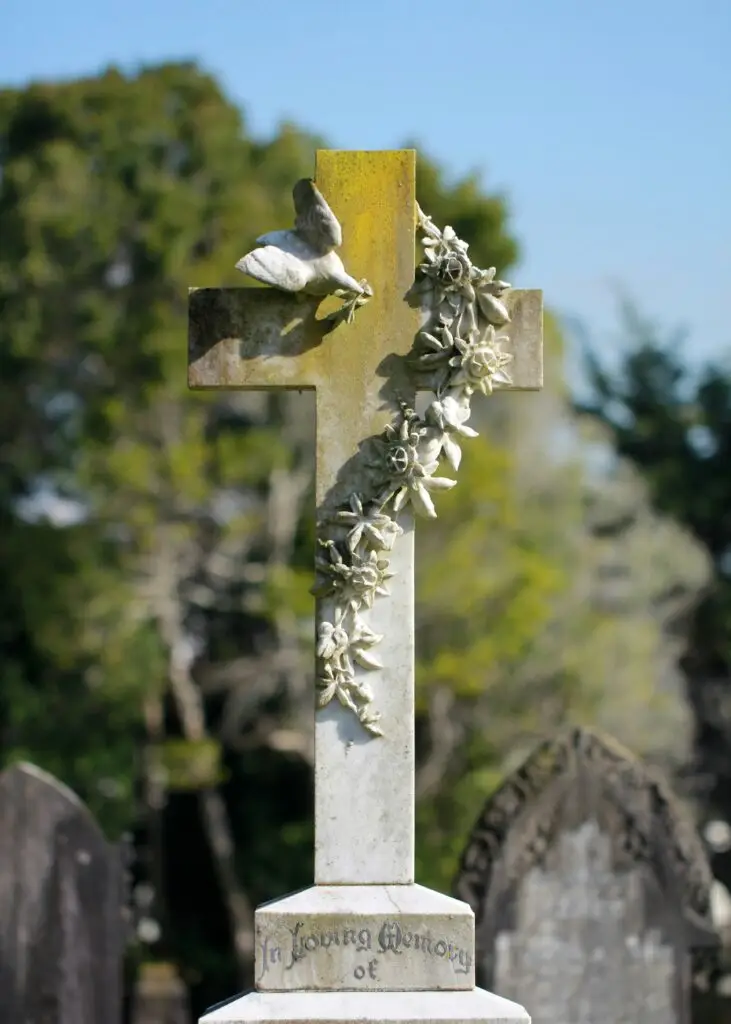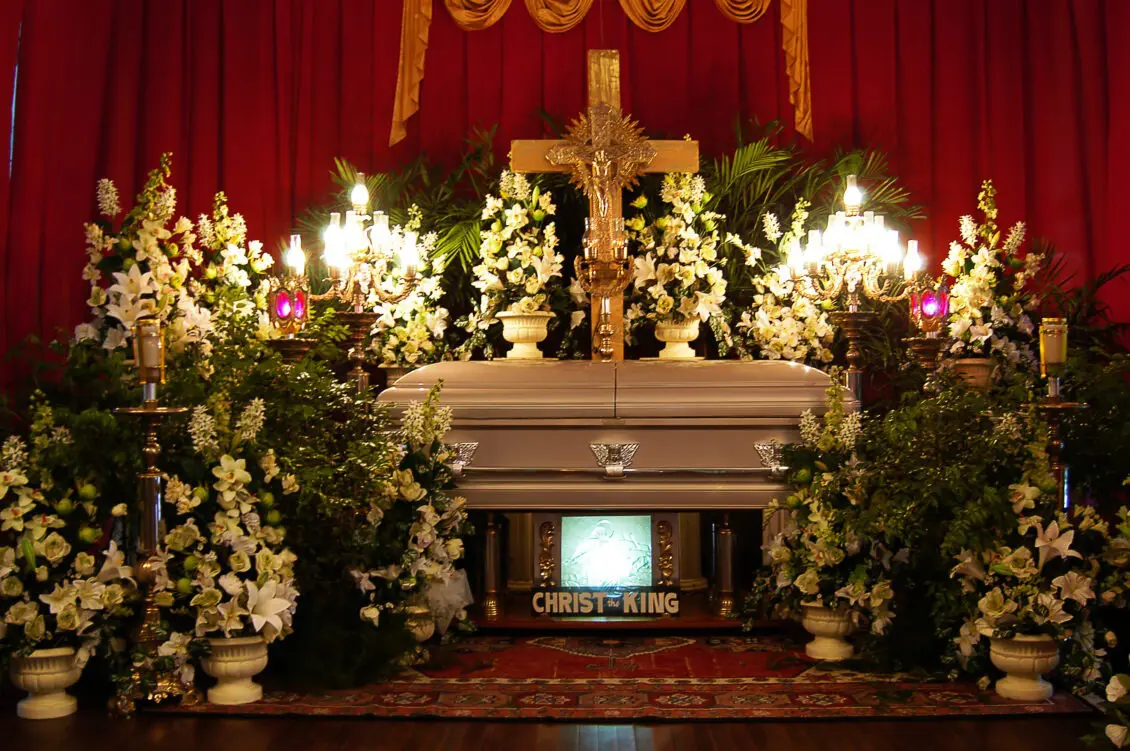Introduction
When it comes to choosing a burial location or a memorial service site, the decision is a significant one. This choice impacts the tone of the service, the convenience for attendees, and the overall experience for everyone involved. Whether you’re pre-planning your own arrangements or organizing a service for a loved one, it’s crucial to understand the factors that go into selecting the best burial location or memorial service venue.
Factors to Consider When Choosing a Location
Proximity to Family and Friends
The location’s accessibility is a key consideration, especially if you have family members and friends spread out across different regions. Choosing a site that is easy for most people to reach can ensure a higher attendance and provide comfort to those grieving. For some, a local burial location close to home might be ideal, while others may opt for a place that holds personal or historical significance.
Cultural and Religious Preferences
Cultural and religious beliefs often play a significant role in determining the appropriate location for a burial or memorial service. Some cultures have specific burial grounds, while others might require certain rituals that can only be performed in particular settings. Understanding these requirements is crucial in honoring the deceased’s beliefs and ensuring that the service aligns with their wishes.
Note: Always consult with family members and religious or cultural leaders when choosing a location that reflects the deceased’s heritage and values.
Scenic and Personal Significance
Many people prefer burial or memorial locations that offer scenic beauty or personal significance. A site with a beautiful landscape or a place that was meaningful to the deceased can provide a serene and comforting atmosphere for the service. Whether it’s a traditional cemetery, a historic cemetery, or a memorial garden, the setting can significantly impact the emotional tone of the service.
Tip: Consider visiting potential burial or memorial locations in person before making a final decision. Seeing the site firsthand can help you gauge its suitability and ensure it meets your expectations.

Types of Burial and Memorial Locations
There are various types of locations to consider, depending on your preferences and the deceased’s wishes:
Traditional Cemeteries
These are the most common burial sites, offering plots for caskets and urns. Many cemeteries have specific sections for different religious or cultural groups.
Memorial Gardens
These sites often provide a peaceful, natural setting for both burial and memorial services. They can be an excellent choice for those who prefer a less traditional environment.
Green Burial Sites
For those interested in environmentally-friendly options, green burial sites offer a sustainable alternative. These locations often emphasize natural landscapes and the conservation of resources.
Historic Cemeteries
Some people choose to be buried in historic cemeteries, which can offer a connection to the past and a sense of legacy.
Memorial Service Locations
If you’re planning a memorial service separate from the burial, the location can be more flexible. Options include:
Religious Venues
Churches, synagogues, mosques, or temples often host memorial services, providing a familiar and sacred space for the ceremony.
Community Centers or Halls
These venues can accommodate larger gatherings and offer a neutral space for a personalized service.
Outdoor Settings
Parks, beaches, or private gardens can provide a serene backdrop for a more informal or nature-focused memorial service.
Home Gatherings
Some families choose to hold the memorial service in their own home, offering an intimate and personal environment.
Explore our post on green burial options for a more environmentally-friendly choice.
Balancing Cost and Location
The cost of burial plots and memorial service venues can vary widely depending on the location and type of service. Urban areas and historic cemeteries often come with higher price tags, while rural or lesser-known locations might be more affordable. Balancing your funeral planning budget with the desired location is crucial to avoid financial strain while still honoring the deceased’s wishes.
Conclusion
Choosing a burial or memorial service location is a deeply personal decision requiring careful consideration of factors like proximity, cultural preferences, scenic beauty, and cost. By evaluating these elements, you can select a location that reflects the deceased’s life and provides comfort to those left behind. For more detailed information on burial options, visit our Types of Burial and Memorial Services page





